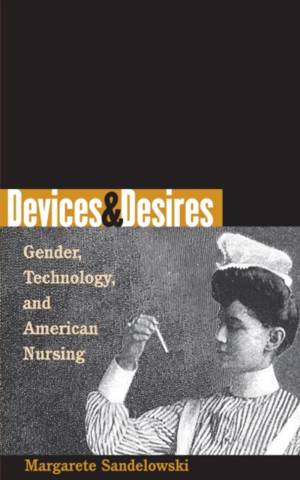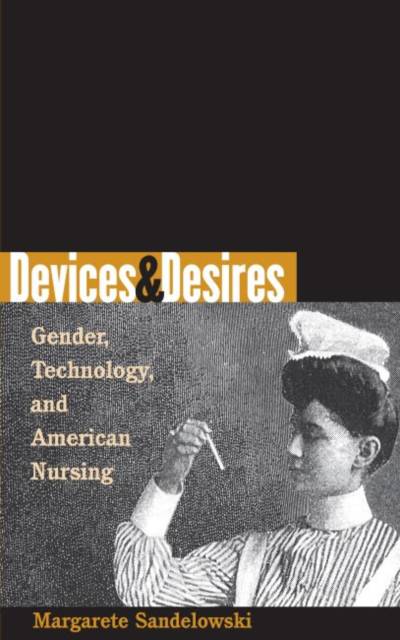
- Afhalen na 1 uur in een winkel met voorraad
- Gratis thuislevering in België vanaf € 30
- Ruim aanbod met 7 miljoen producten
- Afhalen na 1 uur in een winkel met voorraad
- Gratis thuislevering in België vanaf € 30
- Ruim aanbod met 7 miljoen producten
Zoeken
€ 57,95
+ 115 punten
Omschrijving
Nursing and technology have been inexorably linked since the beginnings of trained nursing in the United States in the late nineteenth century. Whether or not they thought of the devices they used as technology, nurses have necessarily used a variety of tools, instruments, and machines -- from thermometers to cardiac monitors -- to appraise, treat, and comfort patients. Tracing the relationship between nursing and technology from the 1870s to the present, Margarete Sandelowski argues that technology has helped shape and intensify persistent dilemmas in nursing and that it has both advanced and impeded the development of the profession.
Sandelowski examines key moments in the history of nursing that dramatize the ironies of the nursing-technology relationship. She demonstrates that nurses both embraced and rejected technology in their pursuit of cultural visibility and professional autonomy -- with varying amounts of success.
As one of the domains of female work historically most subject to sex segregation, Sandelowski notes, nursing provides an ideal site in which to examine the interplay of technology and gender.
Sandelowski examines key moments in the history of nursing that dramatize the ironies of the nursing-technology relationship. She demonstrates that nurses both embraced and rejected technology in their pursuit of cultural visibility and professional autonomy -- with varying amounts of success.
As one of the domains of female work historically most subject to sex segregation, Sandelowski notes, nursing provides an ideal site in which to examine the interplay of technology and gender.
Specificaties
Betrokkenen
- Auteur(s):
- Uitgeverij:
Inhoud
- Aantal bladzijden:
- 320
- Taal:
- Engels
- Reeks:
Eigenschappen
- Productcode (EAN):
- 9780807848937
- Verschijningsdatum:
- 27/11/2000
- Uitvoering:
- Paperback
- Formaat:
- Trade paperback (VS)
- Afmetingen:
- 156 mm x 234 mm
- Gewicht:
- 489 g

Alleen bij Standaard Boekhandel
+ 115 punten op je klantenkaart van Standaard Boekhandel
Beoordelingen
We publiceren alleen reviews die voldoen aan de voorwaarden voor reviews. Bekijk onze voorwaarden voor reviews.








